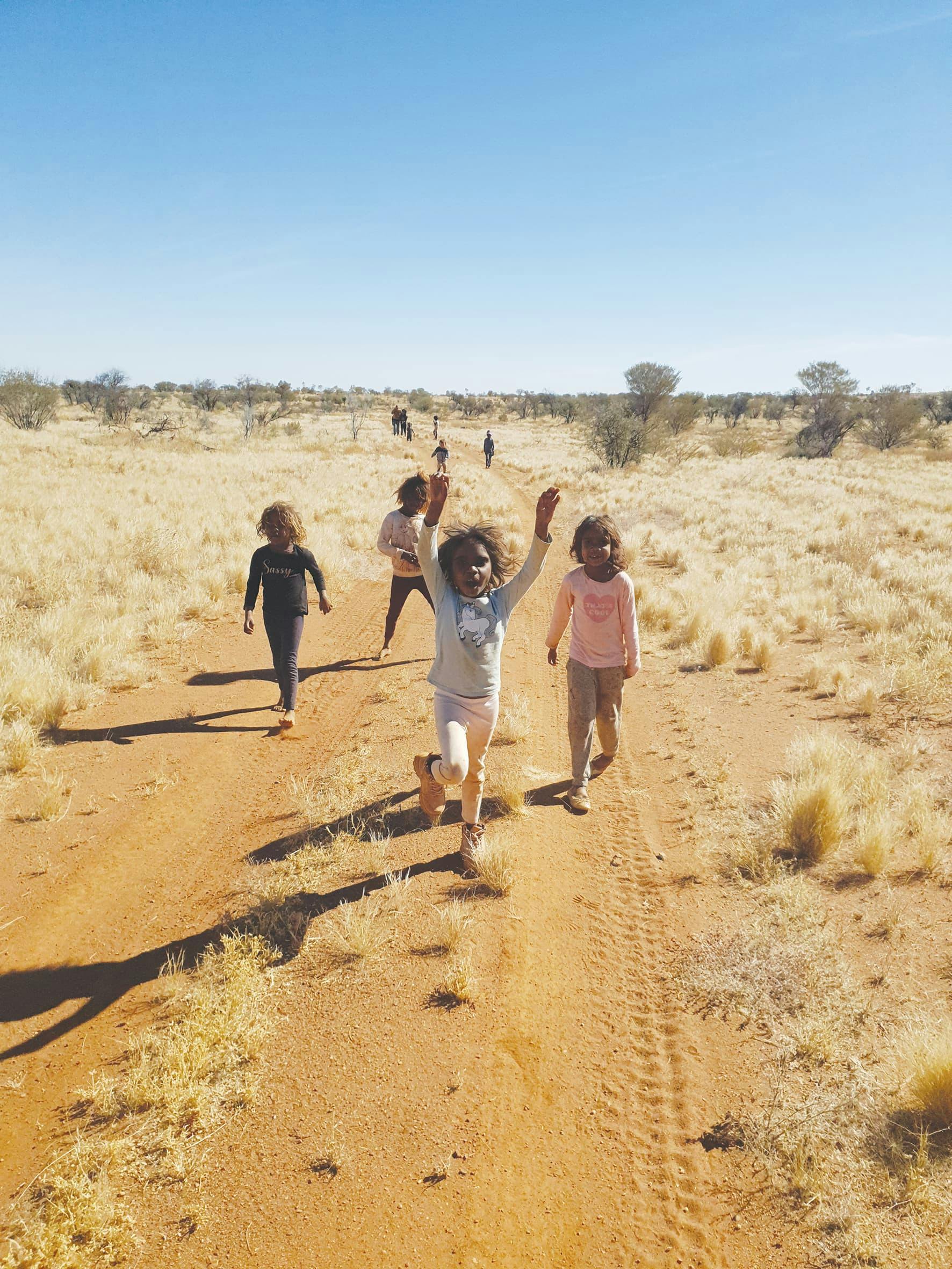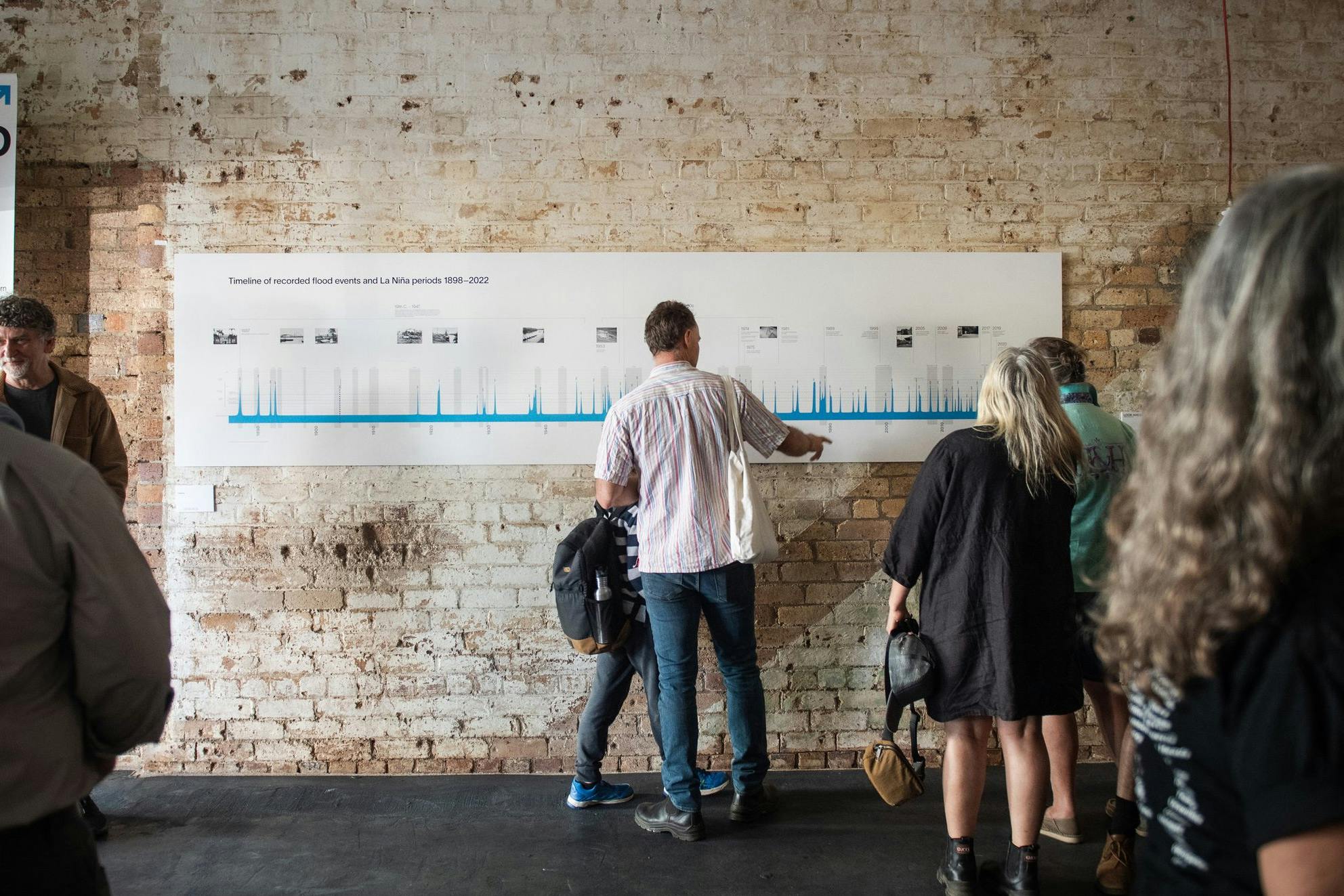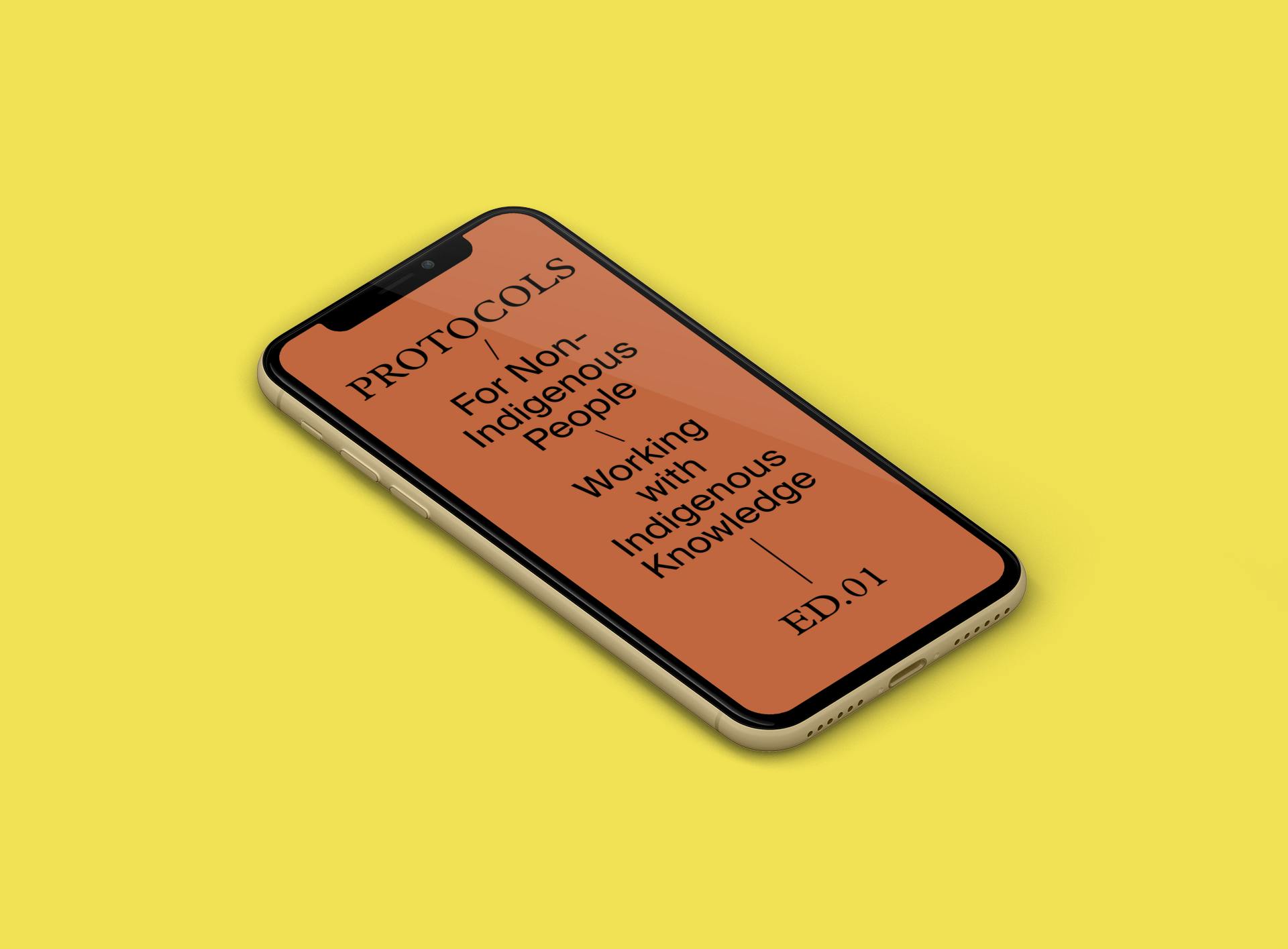Children's Ground
Children's Ground are dedicated to improving the lives of Indigenous Australians. Instead of Band-Aid solutions and the same old thinking, they're transforming entire systems from the ground up – beginning with the kids, because that's where lasting change takes hold.
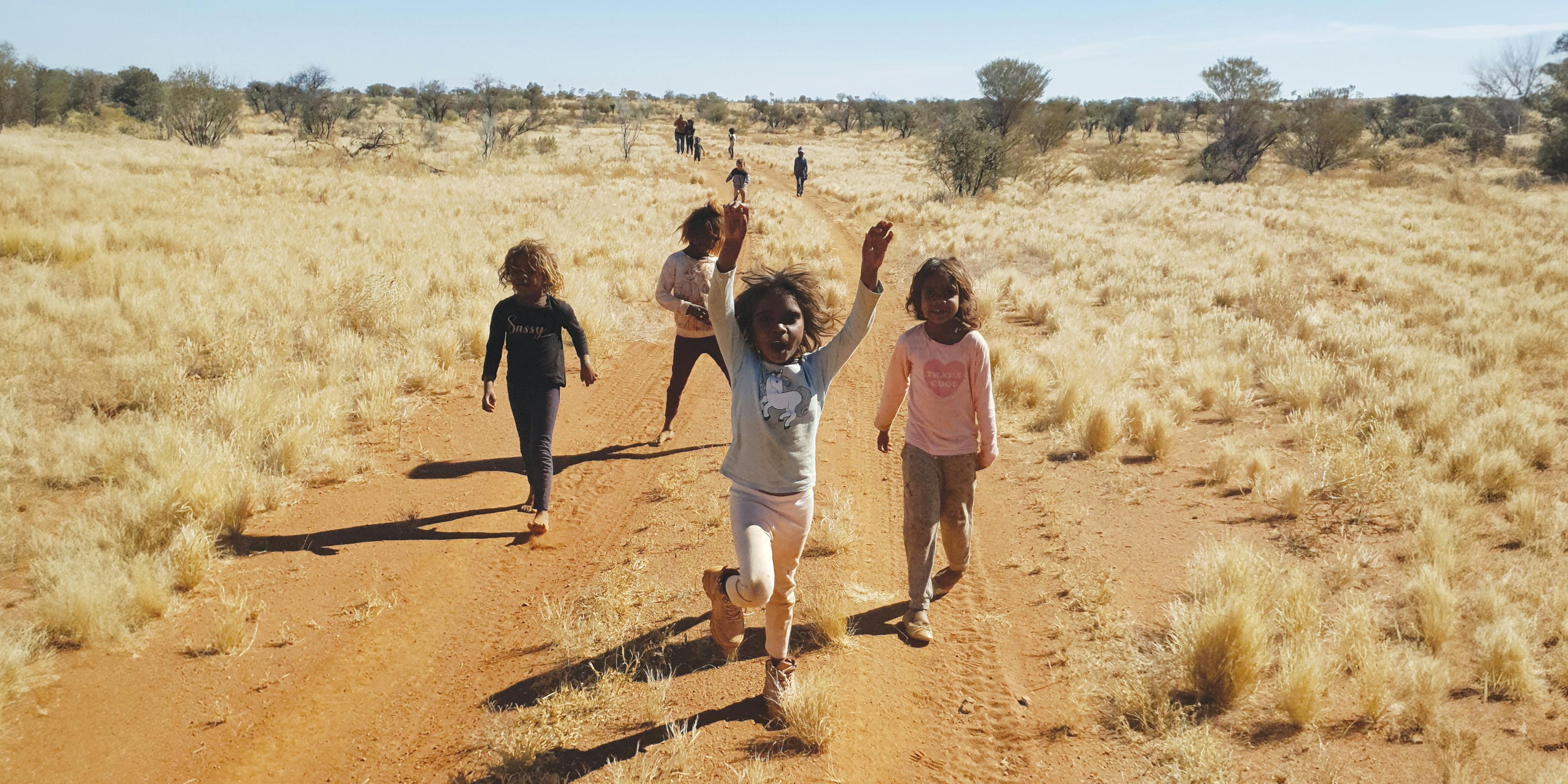
Projects delivered:
Rewriting the rules of First Nations education.
Letting First Nations-led solutions speak for themselves.
“The Fireside team helped us synthesise our complex impact evaluation into clear key messages that could be digested by many different audiences. We cannot thank you enough for your expertise and patience!”
- Jen Lorains, Director Research & Evaluation, Children’s Ground
The challenge
Children's Ground had a problem that many organisations would envy: their evaluation findings were extraordinary. After six years of implementing their approach across four First Nations communities in Central Australia, the data they were getting back told an incredible story: children thriving in culturally centred learning, families gaining economic stability, communities reclaiming leadership.
But they were faced with a problem: How do you turn mountains of evaluation data, community voices, statistical evidence, and impact analysis into a coherent, compelling report that speaks to vastly different audiences? Government decision-makers need policy evidence. Philanthropists want proof of impact. Communities deserve to see their stories honoured.
With their resources stretched thin – and honestly, find us a grassroots community organisation whose resources aren’t stretched thin – Children’s Ground needed to capture all that cultural nuance, all the rich work happening on the ground, and turn it into ready-to-go social policy.
The stakes were high: future funding, opportunities to scale to new regions, and the chance to shift national narratives about First Nations solutions all hinged on getting this right.
How we solved it
We started with a comprehensive review of all the materials, diving deep into data, community testimonials and evaluation frameworks. Our analysis revealed the need for a tiered approach to reporting; one that could serve vastly different audiences without compromising the integrity of Children's Ground's findings.
To achieve this, we set about creating two primary deliverables: a comprehensive evaluation report that contained the full sweep of information, and a summary report designed for maximum readability and engagement. We supported these with targeted executive and government summaries.
These enabled busy government decision-makers and philanthropists to grasp the key impacts quickly, while researchers, communities and detail-oriented stakeholders could access the full evidence base. Each document was carefully crafted, using powerful design to make data accessible and ensuring First Nations knowledge systems were centred throughout.
The result was a suite of documents that worked together seamlessly. Children's Ground's extraordinary evidence could finally reach every audience, speaking their language while maintaining the authenticity and rigour that made the organisation's success so compelling.
What we learned:
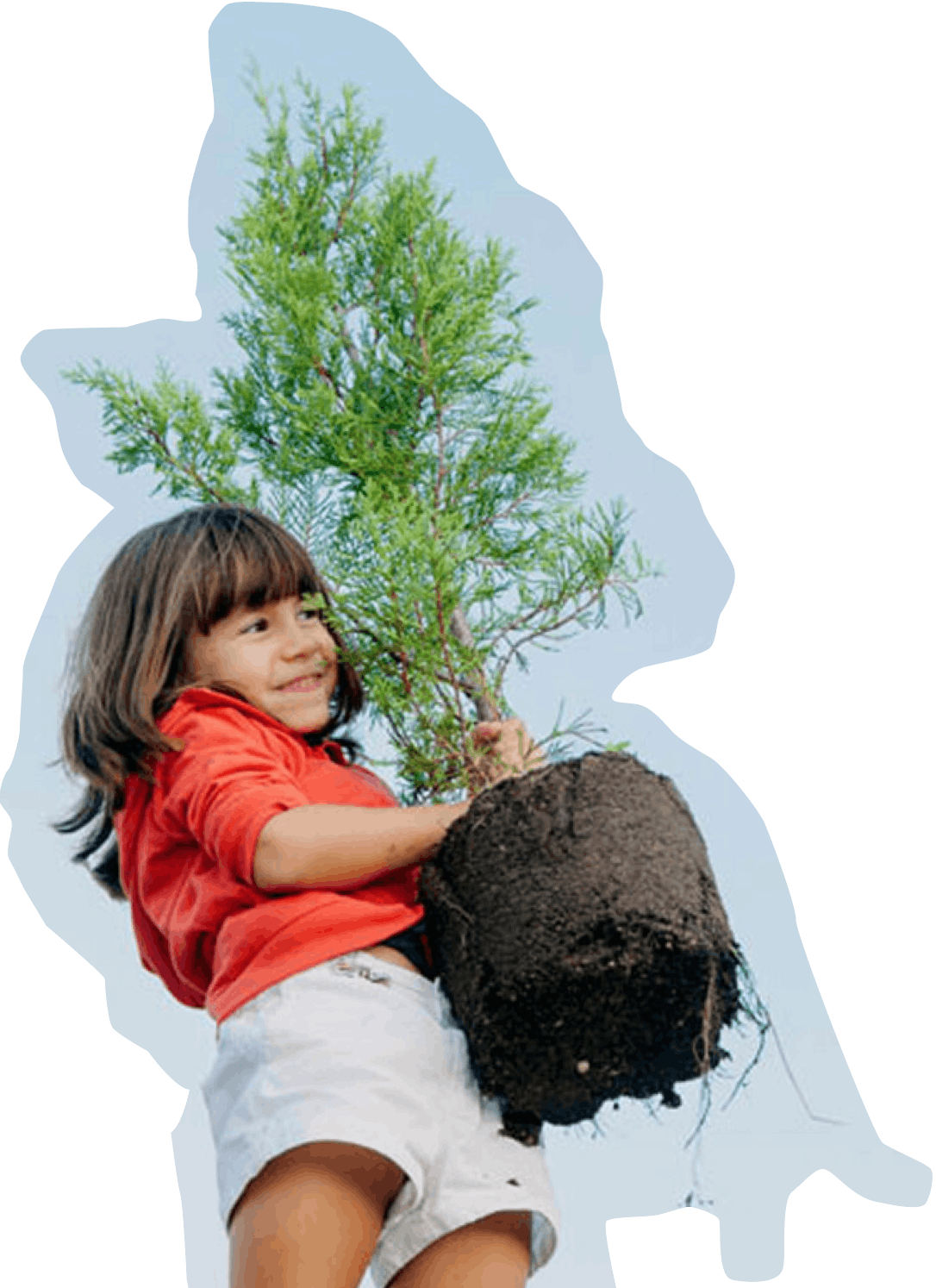
What we learned:
- Data can only get you so far. For this report, the stats were compelling, but it was the voices and lived experiences that really set this research apart.
- Good visual design can untangle a thorny comms problem, turning the complicated into the digestible.
